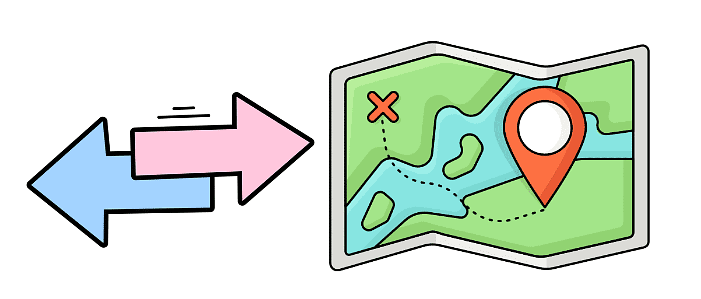Spatial Understanding Chapter Notes | Mathematics Olympiad for Class 1 PDF Download
let's imagine you're playing with some building blocks or arranging toys in your room. Spatial understanding is like having a superpower that helps you figure out where things are in relation to each other and how they fit together in space.

Here are some cool things about spatial understanding:
Direction: It helps you know which way is up, down, left, and right. Like when you're following a map, and it says to go "left" or "right."

Distance: It helps you judge how far one thing is from another. For example, you can figure out if your toy is closer to you or farther away.

Size and Shape: You can understand how big or small things are and recognize different shapes. This is handy when you're trying to fit puzzle pieces together or stacking blocks.

Patterns: Spatial understanding also helps you recognize patterns and arrangements, like knowing that if you put one block on top of another, it makes a tower.

So, in simple words, spatial understanding is like having a special sense that lets you navigate and make sense of the space around you. It's what helps you play, build, and explore the world in a really cool way!
|
29 videos|109 docs|65 tests
|
FAQs on Spatial Understanding Chapter Notes - Mathematics Olympiad for Class 1
| 1. What is spatial understanding in the context of Olympiad exams? |  |
| 2. How can spatial understanding be improved for Olympiad exams? |  |
| 3. What are some common types of spatial understanding questions in Olympiad exams? |  |
| 4. How can spatial understanding benefit students beyond Olympiad exams? |  |
| 5. Are there any specific strategies to approach spatial understanding questions in Olympiad exams? |  |





















